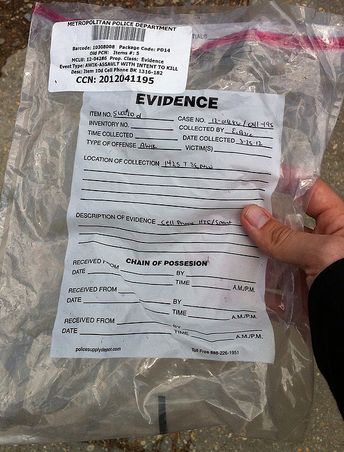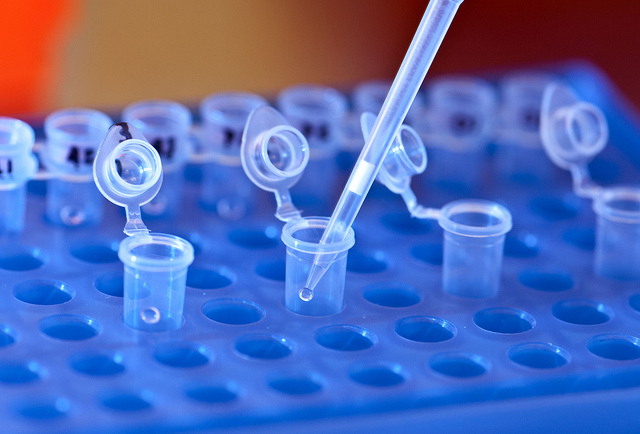State Police Crime Lab Tour: Evidence and Criminalistics
/It’s part two of our series based around my tour of Springfield’s Massachusetts State Police crime lab. Today, we’re talking about evidence handling in the lab as well as criminalistics. And stay tuned at the end of the post for some important information on how you can get your hands on an advanced reading copy of TWO PARTS BLOODY MURDER, book five in the Abbott and Lowell Forensic Mysteries, months before it becomes commercially available.
Evidence:
 Most evidence is dropped off by the investigating officer, but some municipal police departments have evidence officers whose job it is to deliver evidence. This can be problematic since the investigating officer is not present if the technician has any questions about the information on the forms accompanying the evidence.
Most evidence is dropped off by the investigating officer, but some municipal police departments have evidence officers whose job it is to deliver evidence. This can be problematic since the investigating officer is not present if the technician has any questions about the information on the forms accompanying the evidence.
- Once there, new evidence labels are added and detailed to maintain the chain of custody.
- Any drugs that come in are immediately heat-sealed before being stored.
- All evidence is temporarily stored in the evidence room before being sent out to the appropriate lab or testing facility. Case numbers on the box or envelope are in the format of: xx(year)-xxxxxx(case number). Some cases I saw were from ‘80s or ‘90s (cold cases) but most are from 2013 or 2014.
Criminalistics:
- For me, criminalistics was a typical wet lab, and very similar to my own.
- They process clothing, sex assault kits, weapons, all biological samples (i.e. blood, saliva or semen), and gunshot residue. They also carry out blood stain pattern analysis on scene or on evidence brought into the lab.
-
The lab contains a separate room with several alternative light sources. These light sources can be used to visualize human biological fluids like saliva, sweat, semen which all fluoresce. Contrary to most TV crime shows, blood does not fluoresce under alternative light sources. In fact, it tends to darken and be less visible.
- The lab has special test cards to indicate the likely sample type of biological fluids. However this can’t be used for confirmation as there are several well known false indicators. For example, the test for semen gives false positives for mold and feces; while saliva can also be found normally in breast milk and feces.
- Blood is tested in situ in the field by swabbing the substance and transferring it to filter paper. Several chemicals are added; if blood is present, the filter paper will immediately turn blue. If there is no immediate reaction, then the substance is not blood.
- All DNA samples are processed only at the Maynard lab location.
Next week will be the final post in this series as we delve into the science of ballistics. See you then!
Photo credit: JustGrimes and University of Michigan
The Seymour Agency’s 1st Literacy Fundraiser:
We at the Seymour Agency are raising money throughout September for #LiteracyMatters. Stop by the agency blog for our auction of great prizes such as signed books, swag, professional editor calls, and manuscript critiques: http://seymouragency.blogspot.ca/; all money raised will go to support the Southwest Florida Literacy Council Gulf Coast. Bidding goes from September 1 – 30, 2014, so don’t miss out on these great prizes. I’m donating signed hardcover copies of DEAD, WITHOUT A STONE TO TELL IT and A FLAME IN THE WIND OF DEATH. And, as an extra bonus, the lucky winner will also get a hot-off-the-presses advanced reading copy of TWO PARTS BLOODY MURDER, which won’t be available to the general public until February of 2015. Want to find out what happens next with Matt and Leigh? This is your chance. So I hope to see you all bidding in September!



 82.0%
82.0%